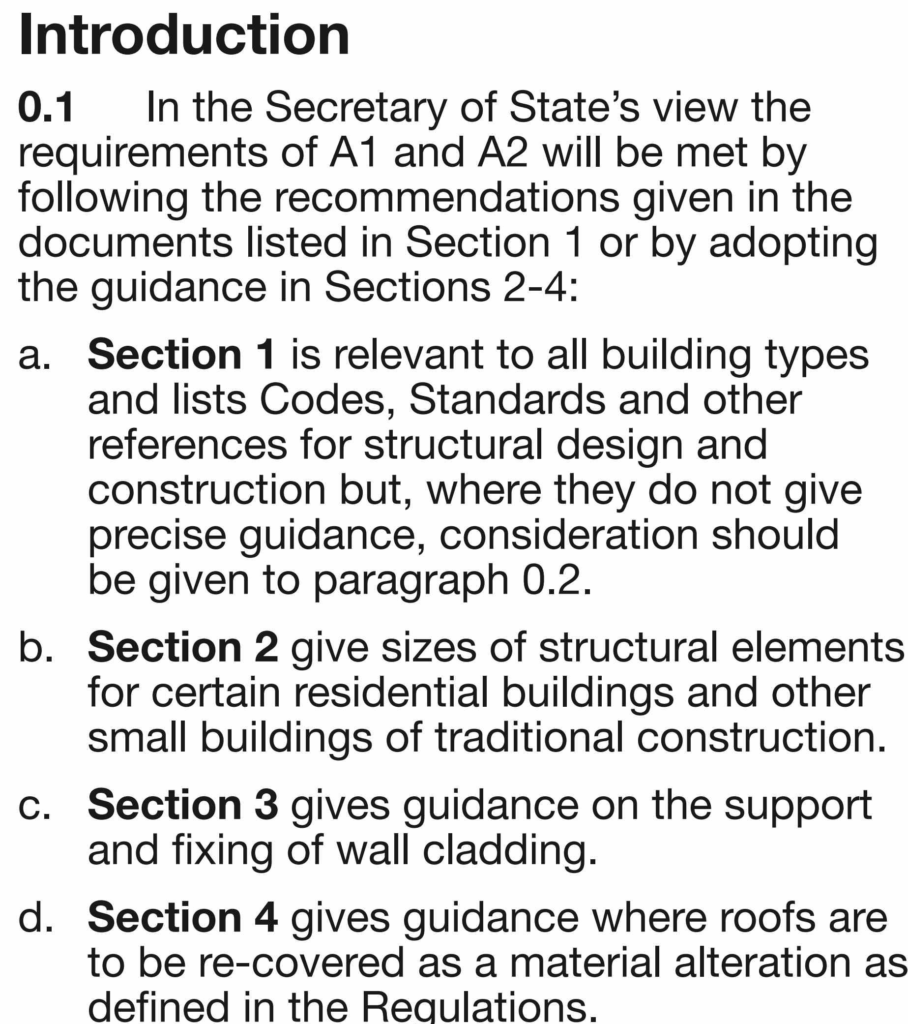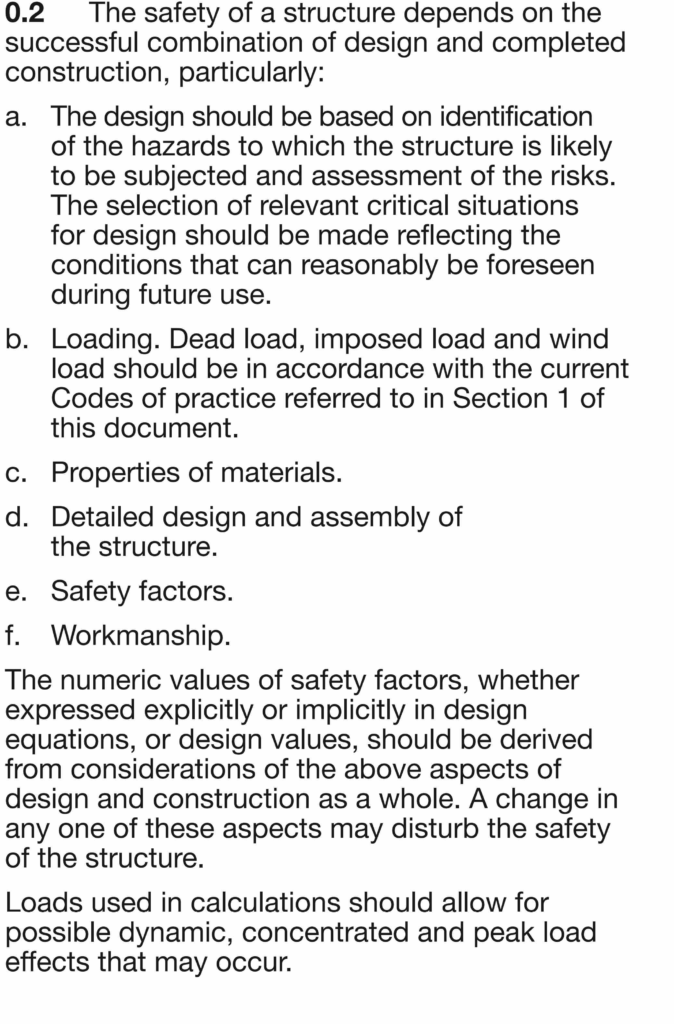ICF Structural Design
Many view Insulated Concrete Forms (ICF) simply as an alternative to brick or timber. However, ICF is a highly versatile construction method offering significant advantages in structural design. This versatility is often misunderstood by architects, builders, and even many structural design consultants who may not be aware of the possibilities introduced by recent changes in design standards. This page delves into the modern technologies structural design consultants can leverage to produce sophisticated ICF structural engineering drawings.
Insulated Concrete Form Design Considerations
Structural Design of Buildings Practice
Many new ICF houses are built to very modern designs with large open areas and cantilevers. Insulated Concrete Forms Design can be very useful in these circumstances because when it is reinforced the amount of structural steelwork required can be substantially reduced – especially if the Structural Design Consultant is experienced in the design of ICF.
Find out more about how using ICF can simplify your building project.
Building Regulation – Structural Compliance
Part A, Structure
The UK Building Regulations do not refer to ICF as a construction method and so the design must follow the principles set out in Part A.
Section 2 of Part A deals with the structural design of the building by setting out the size of structural elements based on cavity wall construction.
ICF walls without reinforcement are deemed to provide the equivalent structural strength and so if the structural engineer drawings comply with the Section 2 limits then calculations are not required and it will not need to be reinforced (unless it is necessary to stabilise the forms during concreting).
Part A, Section 2
If the structural elements of a building comply with Part A Section 2, plain concrete ICF can be used without requiring structural engineer calculations.
Technical Advantages:
Let’s work together
Send us your project ideas and we will help turn it into a reality.



